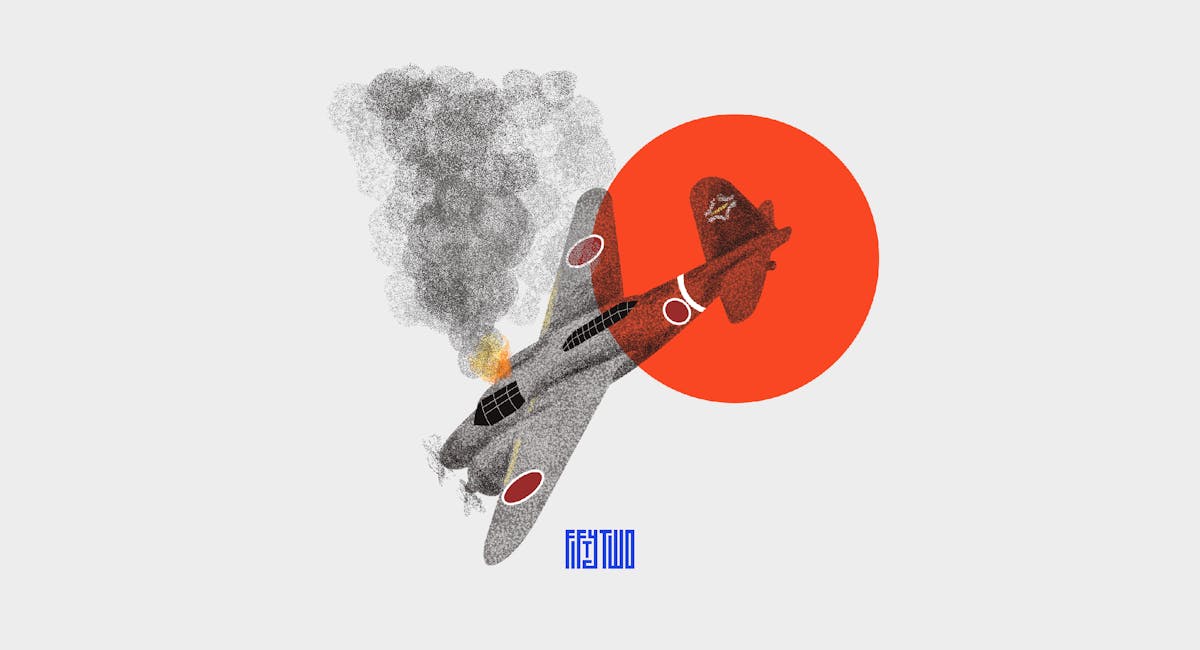Holograms - Exploring the Netaji Mystery. A Conversation with Writer & Journalist Sowmiya Ashok.
In the circumstances, shrouding Bose's death is a hotly debated topic even today, with so many starkly contrasting narratives and theories doing the rounds. So was Bose alive after the plane crash? Did he actually retire into oblivion as an anonymous Sadhu, or did Bose take his last breath at a hospital in the presence of his close associates? So many questions, right? As a journalist, how hard was it to sift through objectively and piece together all the information that you came across as you worked on your piece?

Sowmiya Ashok
@sowmiyashok · 3:12
One of the early books and early works around this is Harin Shah's book about going to formosa, which is how Taiwan was known during the Japanese colonial rule, and doing his own in person interviews with people related to Bosa's death. So I did really use that document, which is a fantastic book, written research done in 1946, but eventually published in 1956, which sort of laid the foundation for the kind of, I guess, platform or foundation that I should acknowledge before I build on
I know you referred to these specific books that helped you build your write up and it was also interesting to read about your travels in Taipei, the interviews that you did, your visit it to Southgate Military Hospital, the place where Bose was treated for the burns he suffered in the plane crash. But I'm really curious to know, was there any methodology to your research and were there any challenges you faced in terms of finding resources and credible leads who could bring in a singular perspective to your piece?

Sowmiya Ashok
@sowmiyashok · 4:59
You. So the research process itself was in two parts. One was me in Taipei, looking around and doing my own interviews and working my way through the archives. And the second part was upon my return to India, the books that I had to do, the visit to the Nataji Research Bureau in Calcutta and so on. But let me start with Taipei first. As I mentioned, I was there to do a grueling semester of intensive Mandarin

Sowmiya Ashok
@sowmiyashok · 4:11
I would have also read about him over the years and random articles, but I never took a real interest in him till very recently when I was standing in the Elgin Road house where he once lived. Where he once escaped from as surrounded by historical artifacts. His newspapers that he wrote for his writings. The uniform he wore at one point, the sword that was given to him
Very, very interesting. Thank you so much for sharing that. Sowmiya I think I'll leave you with one final question. As I mentioned earlier, this is a subject around which so much has been said, done and written about. So whenever there's a new book or an essay or a film or a documentary that comes out around this topic of Nataji's demise, expectations are rife that it has something new to offer. So there's this need to manage expectations as well

Sowmiya Ashok
@sowmiyashok · 2:10
And so what we offered through this piece is just a small piece of the larger puzzle that we've all been obsessed about as Indians for years. And this, in some ways, answers some sort of historical facts from that time. And that's really what the attempt was and why I went down this path. Of course, as a storyteller, as a journalist, it's just curiosity that leads you to certain things. And it's something I deeply learned from

